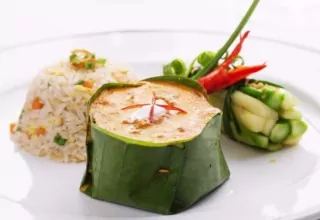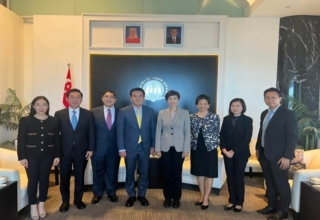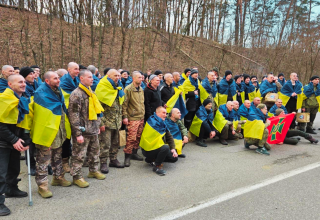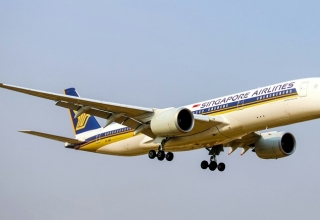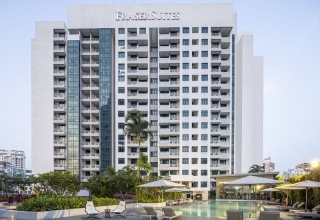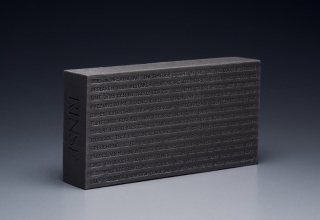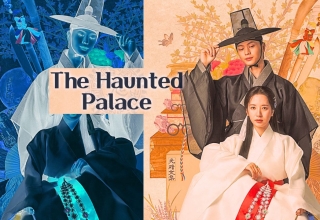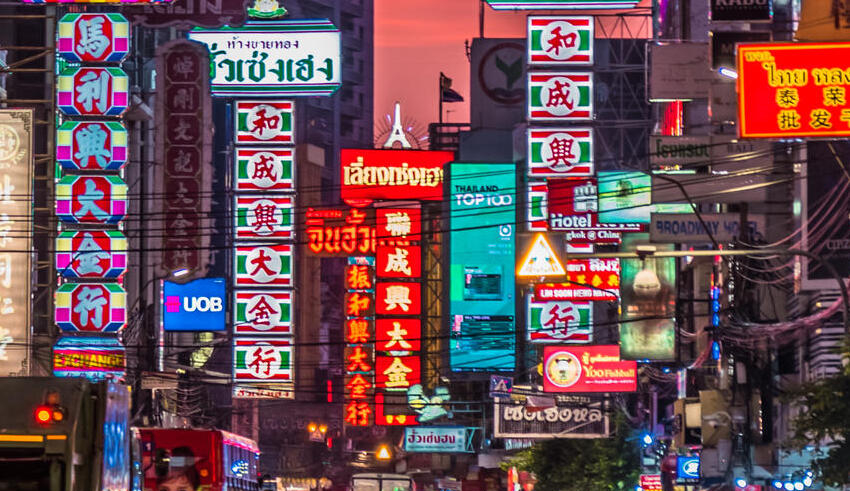
After a hotpot restaurant in Bangkok’s Chinatown used social media to rail against foreign visitors running businesses illegally and elbowing out local residents, Bangkok’s Chinatown has become the latest arena for an ongoing tussle over the influence of Chinese citizens in Thailand. This dispute has been going on for some time now.
The massive funds and relationships with individuals in power that foreigners are able to build have been brought to light by recent news concerning illicit businesses conducted by Chinese nationals in Thailand. These stories have garnered a lot of attention in the media.
The arrest of an alleged Chinese mobster known as “Tuhao,” who is accused of running a nightlife and drug empire catering mostly to Chinese clientele, is a good illustration of this argument. The Thai authorities have taken control of his assets, which are valued at more than US$300 million.
Keep Reading
But as China begins to reopen its borders and Bangkok prepares for the return of tour groups from the country at the beginning of February, a new source of contention has arisen: the increasing level of competition from Chinese citizens who run restaurants, massage parlors, and souvenir shops in the historic zone.
The comprehensive list of assets that are considered to have exceptional universal significance by the World Heritage Committee and that are included on the World Heritage List that was declared by UNESCO contains 1,121 locations. These locations are both cultural and natural in nature.
There are five separate sites that have been designated as UNESCO World Heritage Sites in Thailand. All of these sites may be found in the north or the north-east of the nation. The following is a concise explanation of each of them, along with the location at where they may be found.



